Affiliate links on Android Authority may earn us a commission. Learn more.
LPDDR4 - everything you need to know
Published onApril 9, 2015
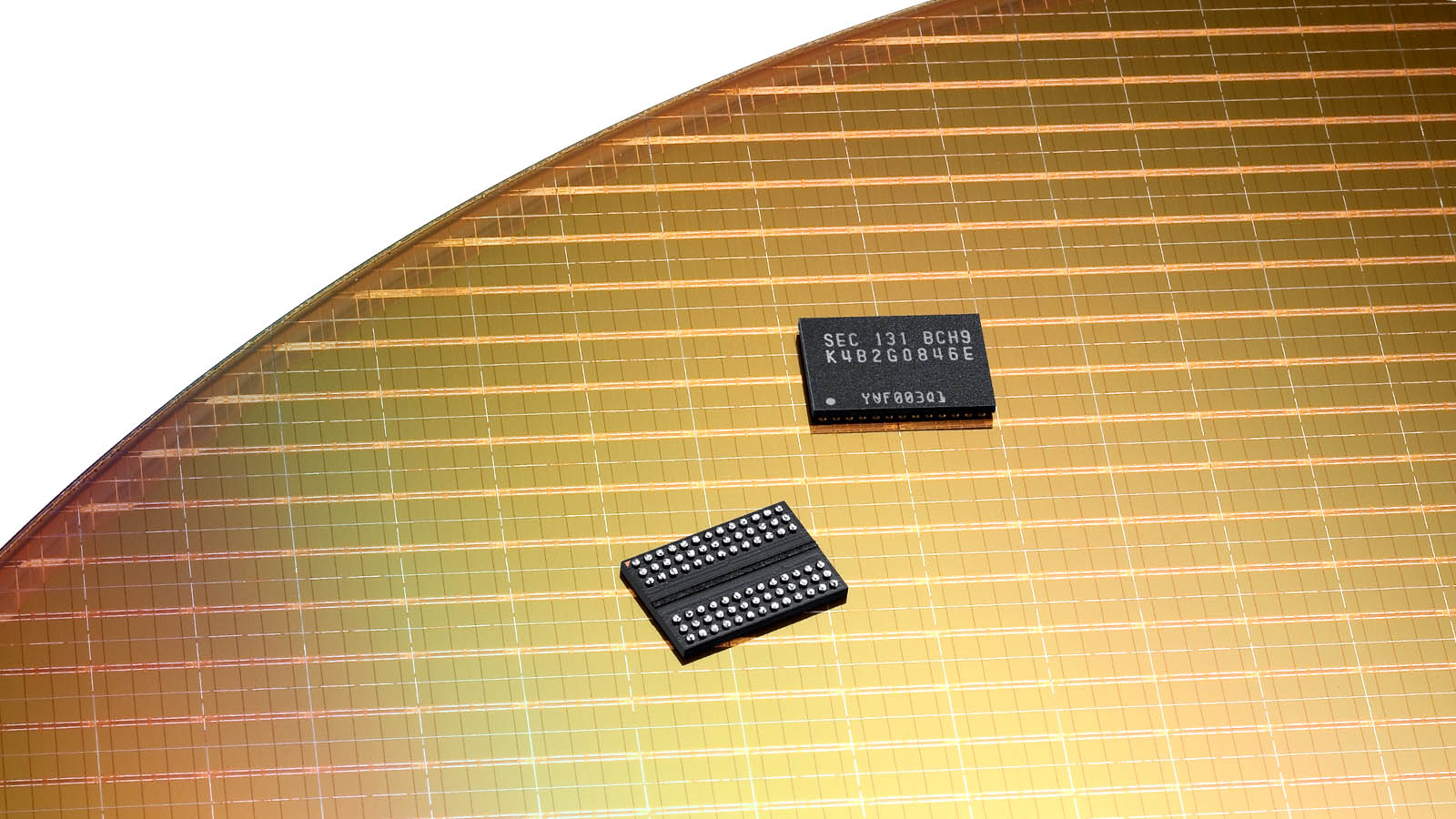
64-bit, octa-core, and nanometers may be grabbing the taglines of the mobile tech world this year, but the latest and greatest mobile SoCs are also packing lightning fast LPDDR4 RAM memory. DDR4 memory has been making the rounds in the high-end PC space for a little while now, and LPDDR4, essentially the mobile equivalent of this standard, is finally here, bringing with it faster memory speeds and lower power consumption.
Read & Watch – Best Android Phones 2015
Breaking down the acronym, LPDDR RAM stands for low power double data rate random access memory, and is the memory used to store short term data used by applications. Unlike its desktop equivalent, low power RAM comes with a smaller bit bus, but this helps when it comes to power efficiency. The number, such as LPDDR3 or LPDDR4, simply marks the generation of the technology, we’ll have to dive down a little deeper into the specifications to see what has changed.
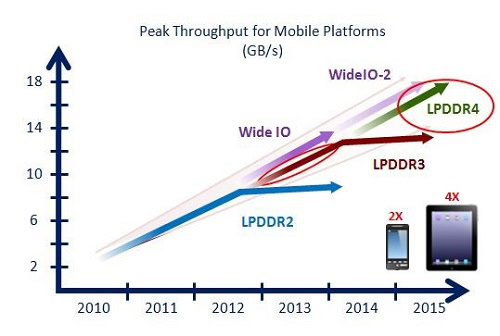
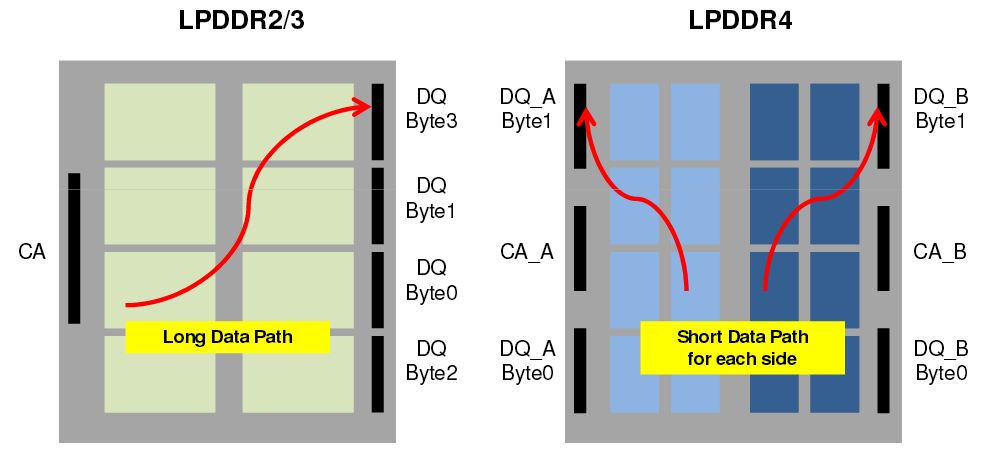
To save on energy, LPDDR4 chips lower the nominal operating voltage from 1.2V to 1.1V. The standard now also supports an improved power saving low frequency mode, which can bring the clock speed down for further battery savings when performing simpler background tasks.
Micron and Samsung are two of the industry leaders in this technology, and both are pushing their first LPDDR4 products to market this year. Micron has been instrumental in leading the definition and adoption of LPDDR4, working towards meeting consumer demands for faster boot and loading times, while fitting within the tight power constraints of the mobile platform.
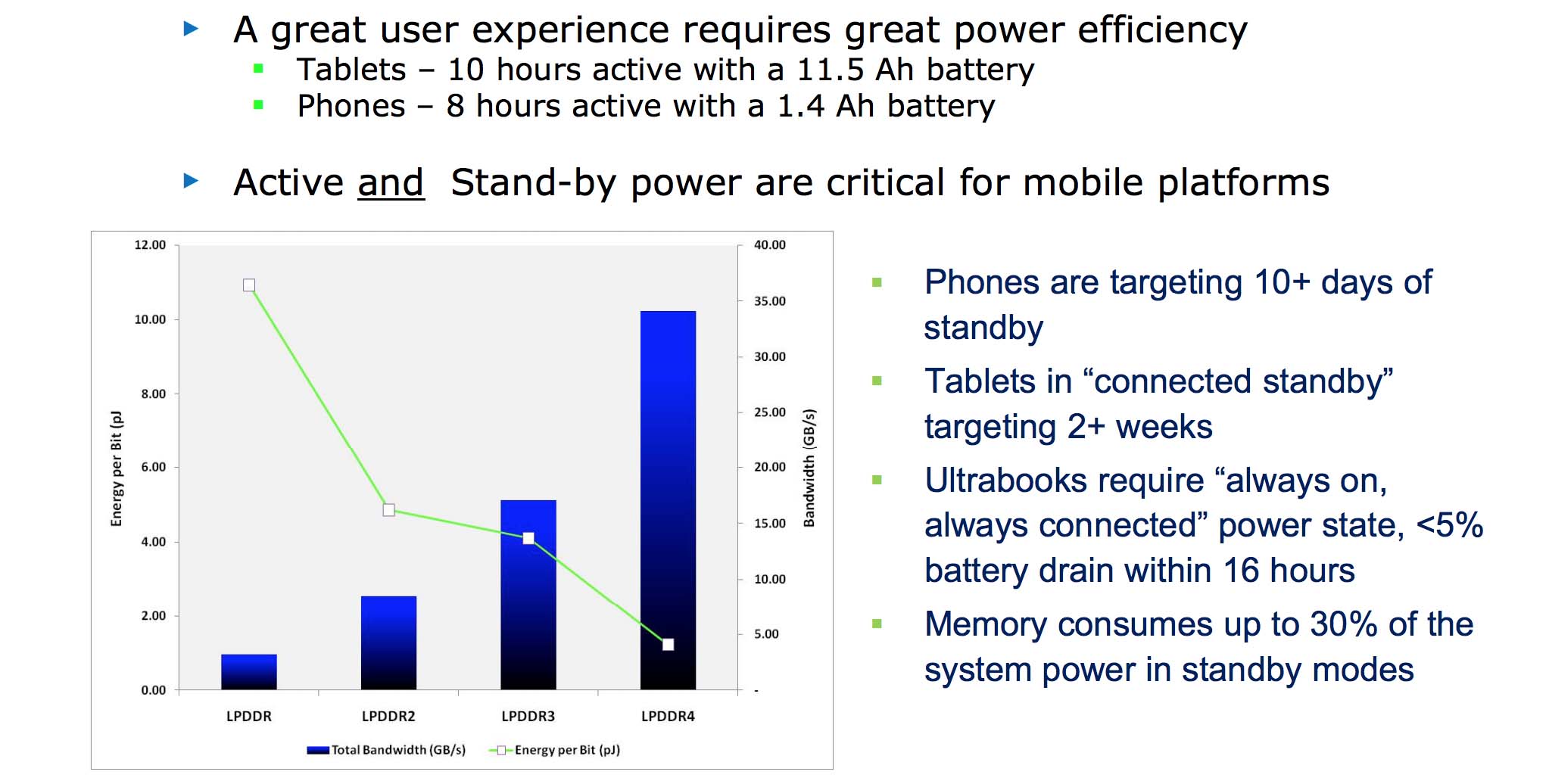
Micron’s technology tops out the standard with a 2133 MHz clock in the standard’s 2 x16 channel configuration for a transfer rate of 4266 MT/s, which targets the standard’s peak bandwidth of 32 GB/s at x64. Samsung’s latest chip offers a 1600MHz equivalent which tops out at 3200 MT/s and a theoretical bandwidth peak of 25.6 GB/s at x64.
Memory bandwidth is a key specification to keep an eye on here. Although rarely operating at peak levels, this figure tells us how much data the memory can pass each second, which is an important statistic for low-latency gaming or when transferring very large data sets, such as 4K or slow-motion video. These numbers probably don’t mean much on their own, so the table below offers a comparison with previous LPDDR standards.
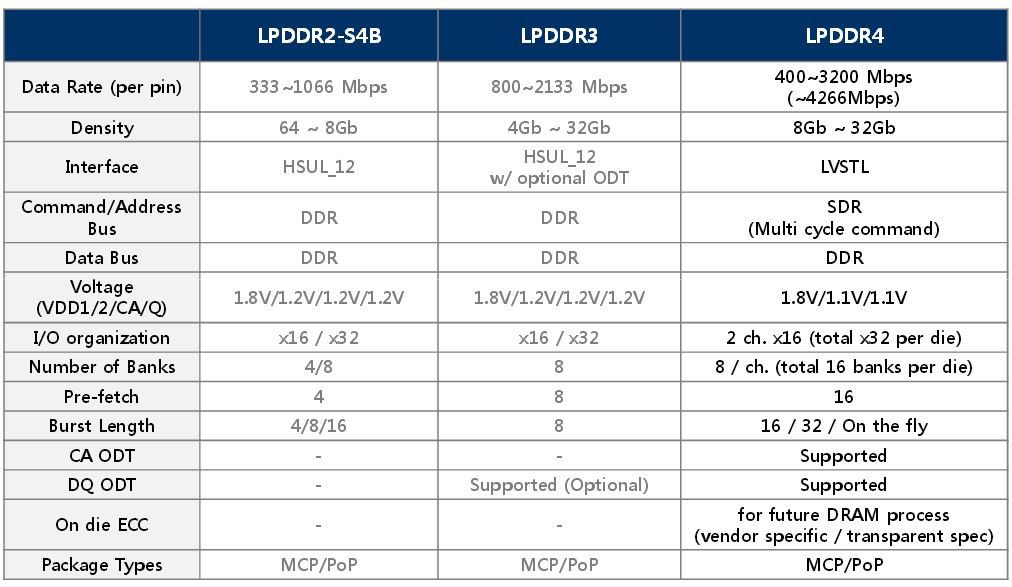
The move to LPDDR4 also sees chip capacity take another jump forward. Micron already offers a selection of LPDDR4 memory densities for mobile applications, including 8Gb (gigabit) and 16Gb LPDDR4 packages, i.e. 1GB and 2GB densities. Samsung is also working on high density memory packages. Not long ago the company announced the start of mass production of its 8Gb (1GB) LPDDR4 modules, which will be manufactured on a small 20nm process. 24 and 32 Gb packages are also planned for the future. Fewer components with larger memory sizes allow for lower costs and larger amounts of RAM running with a high bandwidth.
LPDDR4 is architected to meet the power, bandwidth, packaging, cost, and compatibility requirements of the world’s most advanced mobile systems - Micron
While numbers are all well and good, improving the user experience is the ultimate end goal. Faster memory is key as we demand more performance at 2K and push towards 4K displays and demand higher levels of performance from mobile graphics processing units.
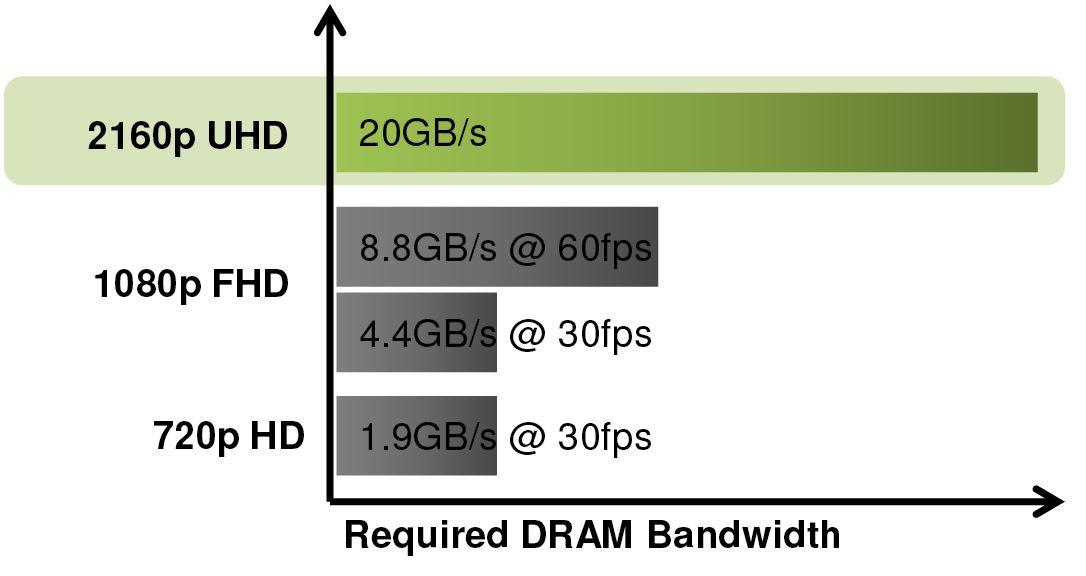
New media features, such as slow-motion video, face recognition, and 3D camera capture are also driving up the memory bandwidth requirements. LPDDR4 memory will allow for higher frame rate slow-motion capture and will also enable camera sensors to breach the 20MP mark. Not only that, but moving to more efficient, lower power memory designs can help squeeze extra life out of device batteries.
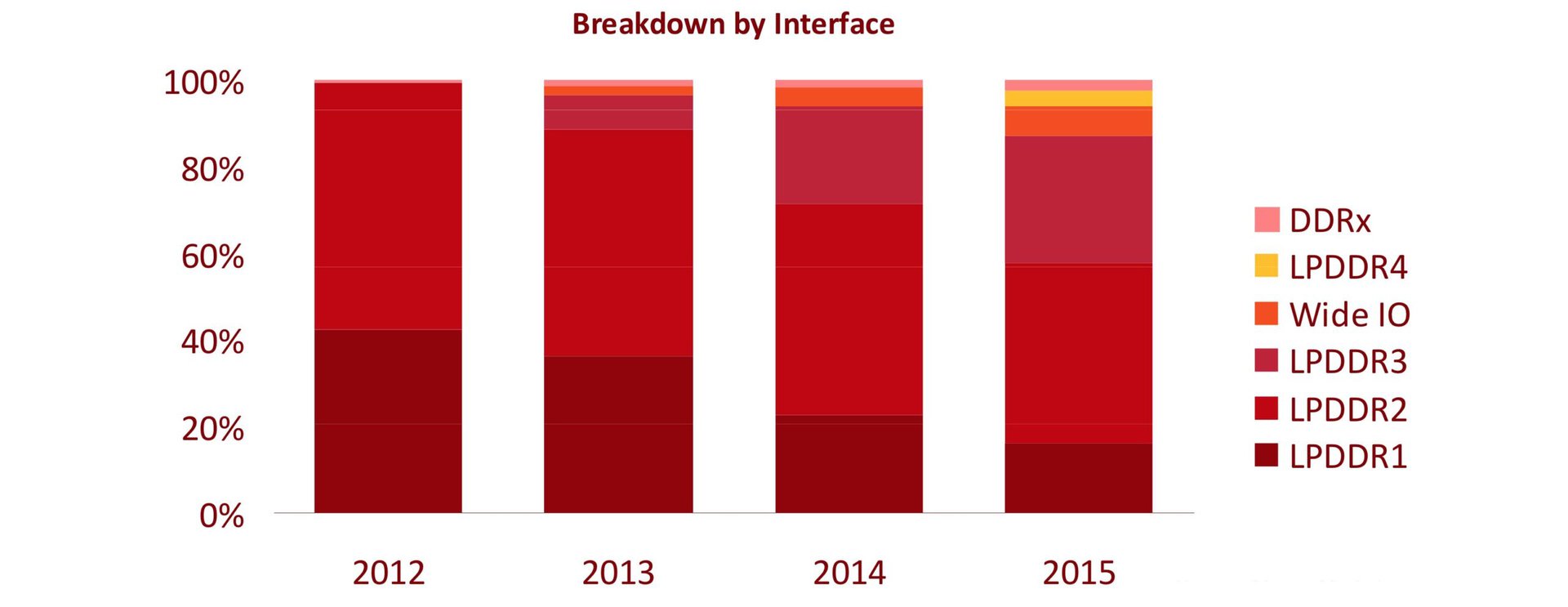
Mobile SoCs so far confirmed to be using LPDDR4 RAM are Qualcomm’s Snapdragon 810 and Samsung’s Exynos 7420, which is used in both flagship offerings of the Samsung Galaxy S6 and Galaxy S6 Edge, meaning that this year’s high-end flagships should all be making use of this improved memory technology. LG’s latest flagship, the LG G Flex 2 is also packing industry leading LPDDR4 memory, as well. However, this standard is not expected to become a mainstream mobile technology for mid-tier products until 2017.
[related_videos title=”Smartphones with LPDDR4 Memory! ” align=”center” type=”custom” videos=”595809,597711,589204″]